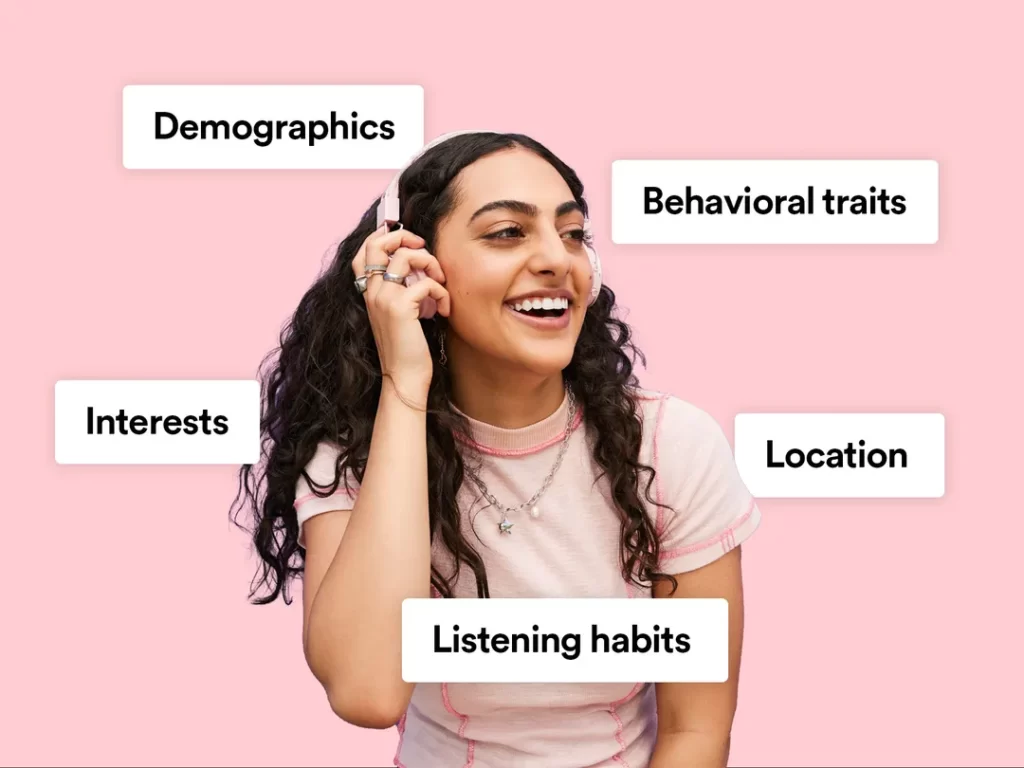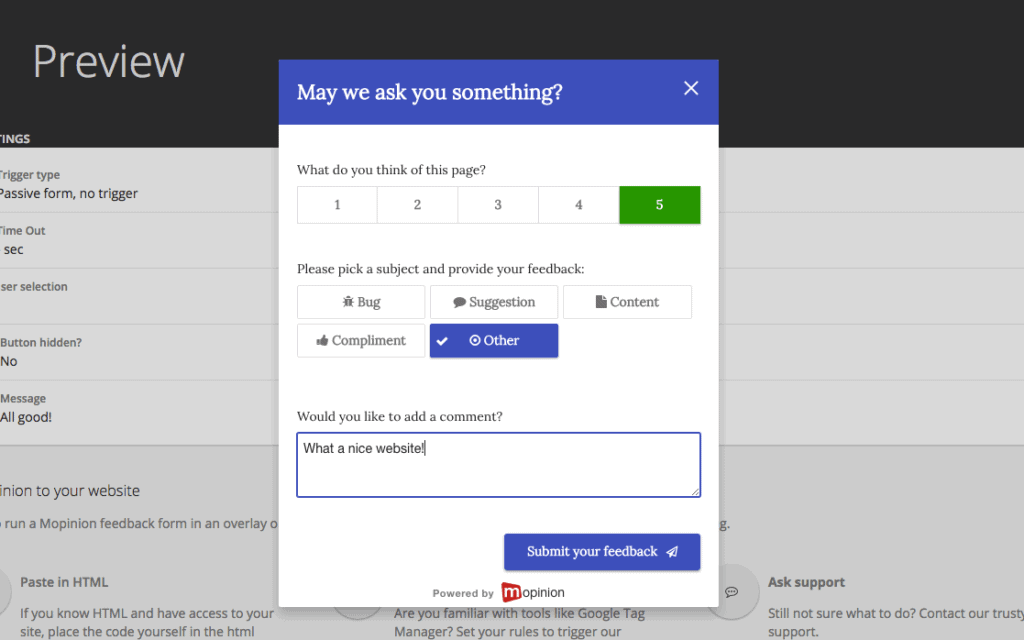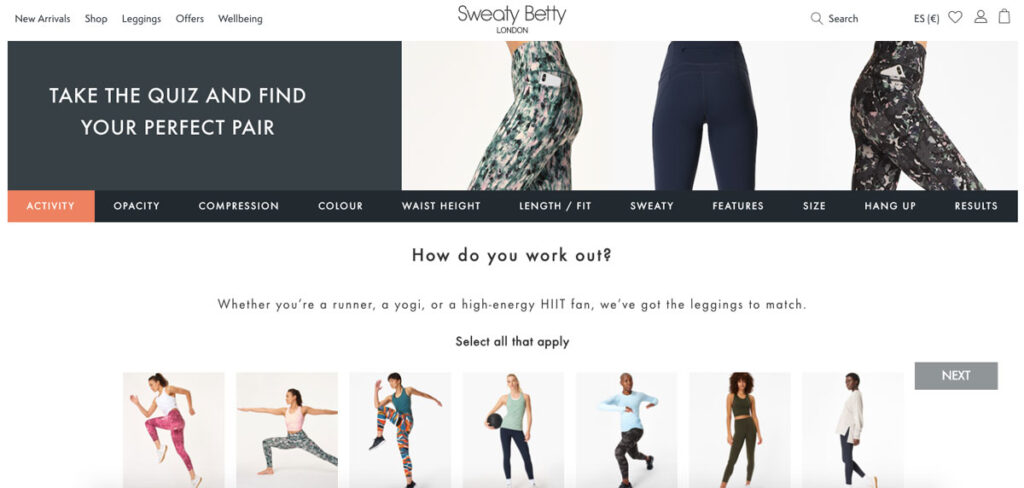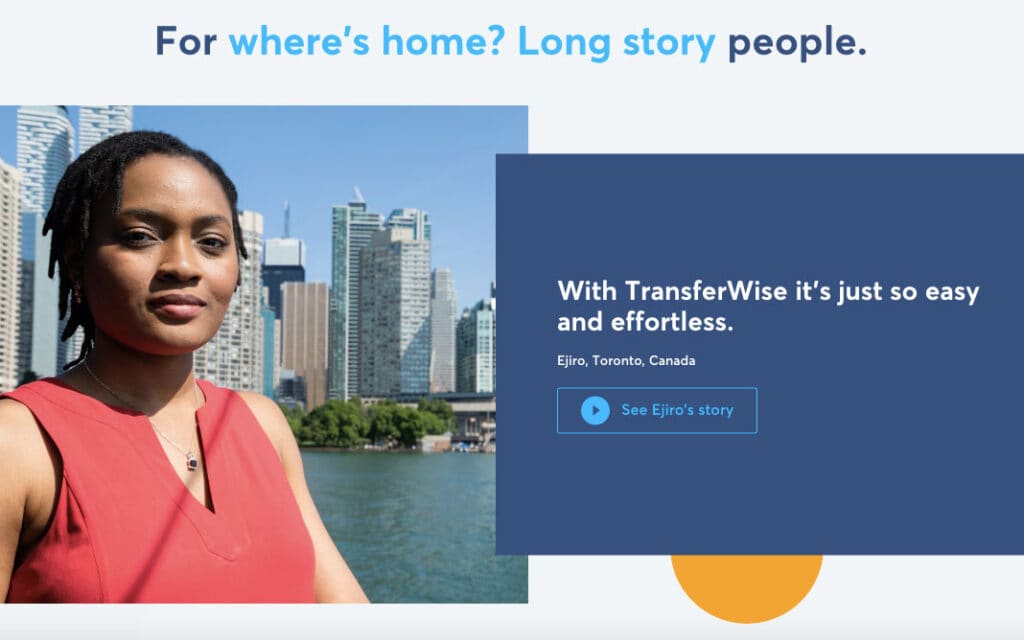10 Ways Surveys Can Benefit Your Brand
Surveys are one of the most versatile and practical tools brands have.
From market research to product development, branding to customer relations, surveys can provide invaluable insights and data.
Implementing a well-designed survey strategy takes effort but pays dividends across nearly all business areas.
Here are ten key ways surveys can benefit your brand when leveraged correctly.
- Surveys provide vital insights into customer demographics, psychographics, needs, and preferences for more effective product and service offerings.
- Understanding why customers choose or leave your brand helps improve products, marketing, and overall customer experience.
- Surveys guide product development by gathering feedback on new concepts, features, and pricing strategies from your target audience.
- Continuous surveys track brand health and customer satisfaction, allowing brands to adapt quickly to changing market dynamics.
- 1 - Understand Your Target Audiences
- 2 - Discover Why Customers Buy From You
- 3 - Learn Why Customers Leave or Complain
- 4 - Gain Insights That Guide Product Development
- 5 - Optimise Brand Positioning and Messaging
- 6 - Benchmark Against Competitors
- 7 - Test and Optimise Marketing Campaigns
- 8 - Improve Customer Service and Support
- 9 - Cultivate a Customer-Focused Culture
- 10 - Track Brand Health Over Time
- Benefits of Longitudinal Surveys
- Survey Response Rate Improvement Techniques
- Enhancing Survey Data Security
- FAQs
1 – Understand Your Target Audiences

One of the most fundamental uses of surveys is to understand your target customer groups' demographics, psychographics, behaviours, attitudes, and preferences.
Demographic Insights
Basic demographic questions around age, gender, location, income level and more allow you to build a profile of your existing and potential customers.
Psychographic Profiles
Psychographics dive deeper into the mindset, values, interests and personality traits that drive consumer behaviour. Surveys can uncover crucial subtleties within your audience segments.
Needs and Wants
What motivates customers? What needs are being met by your products? What additional wants could you fulfil? Survey questions around motivations, emotional connections and aspirational desires reveal where new opportunities may lie.
Media Habits
Which information sources and media platforms does your audience engage with? How often? Understanding media habits allows you to optimise marketing channels and messages.
With rich psychographic and demographic profiles, you can fine-tune products, services, branding and communications to resonate more deeply with each target group.
2 – Discover Why Customers Buy From You
Understanding why customers choose your brand over competitors provides actionable insights you can leverage to improve products, marketing, and positioning.
Possible survey questions:
- What first attracted you to our brand?
- How did you discover us?
- What prompted you to make your first purchase?
- What primary need or desire were you looking to fulfil?
- How well did we meet your expectations?
Answers uncover strengths to promote and weaknesses to improve. They also hint at emotional connections to leverage in branding and creative efforts.
3 – Learn Why Customers Leave or Complain

Just as valuable as why customers buy from you is why they eventually leave or complain. This reveals pain points in the customer journey where expectations and reality diverge.
Survey questions to shed light on dissatisfaction:
- If you were ever unsatisfied, what precisely was the issue?
- How well (or not) was this resolved?
- What could we have done better?
- Why did you ultimately leave/stop purchasing?
Fixing weaknesses here can notably boost customer lifetime value.
Understanding Non-Response Bias
Non-response bias can skew survey results, influencing outcomes if certain segments consistently withhold feedback. To manage this, analysing the demographics and characteristics of respondents versus non-respondents is crucial.
Applying weighted adjustments to survey data helps balance disparities, providing a clearer representation of target audiences. Encouraging voluntary participation through trust-building and transparent communication can also mitigate such biases.
By addressing these challenges, brands ensure comprehensive insights that genuinely reflect their customer base, enabling more effective decision-making across various business domains.
4 – Gain Insights That Guide Product Development
Surveys provide the voice of the customer, where they illuminate needs and desires that your products could better address.
Concept and Prototype Testing
Early feedback on new concepts and prototypes is invaluable before investing heavily in development and launch. Quick surveys can gauge interest, appeal, concerns and perceived weaknesses.
Feature Prioritisation
When planning new features, ask directly what your audience wants most. Statistical analysis can uncover correlations between audience segments and feature preferences.
Pricing Studies
Test varying pricing models with surveys to find the optimum balance between value perception and willingness to pay. Price elasticity often differs between customer segments.
Continually surveying customers guides the evolution of products and services to maximise fit with market expectations.
Integrating AI in Survey Analysis
Artificial Intelligence is revolutionising how survey data is interpreted. By automating the analysis of open-ended responses, AI allows for quicker extraction of meaningful insights, reducing manual processing time.
AI tools identify subtle patterns and correlations within datasets, providing deeper insights that might otherwise be overlooked. This technological advancement enhances the precision of data interpretation, enabling more informed strategic decisions that align closely with consumer needs.
5 – Optimise Brand Positioning and Messaging

Surveys also provide qualitative insights that empower you to fine-tune branding, positioning and messaging for greater appeal and memorability with your audience.
Brand Personality Perceptions
Learn how existing and potential customers perceive your brand across various personality traits – are you seen as sophisticated, cutting edge, reliable, friendly or innovative, for example?
Message Resonance Testing
Test marketing messages, taglines and positioning statements to find which option has the most relevant appeal.
Emotional Connections
Understand emotionally what feelings customers associate with your brand – trust, nostalgia, superiority, etc. Heighten these in creative efforts.
Refining these brand intangibles, guided by survey findings, builds affinity and loyalty.
6 – Benchmark Against Competitors
An honest appraisal of strengths and weaknesses compared to competitors is better enabled by surveys. Key comparisons include:
Awareness and Associations
Gauge how you rate for unaided brand awareness or familiarity compared to rivals. Brand association questions also uncover relative perceptions regarding reputation, quality, value, etc.
Product/Service Satisfaction
Learn how you can satisfy customers across the entire product/service lifecycle relative to other options they have experienced.
Price Sensitivity
If charging premium pricing, surveys help assess whether customers still perceive higher value from your offering even at a higher cost. Understand if they are price-sensitive compared to competitors.
Loyalty
Measures of retention, repeat purchase rates, referrals and how often you are the primary option all provide loyalty metrics against substitutes.
Robust competitor analysis guides marketing differentiation and areas for improvement.
7 – Test and Optimise Marketing Campaigns

Surveys fuel data-driven optimisation of marketing campaigns by uncovering what creative messaging, channels, and calls-to-action perform best.
Concept and Message Testing
Test early with survey groups to gain feedback on concepts and messages that should advance to complete production and distribution.
Channel Combinations
Discover through survey response rates which combinations of email, social posts, direct mail, print ads, etc., provide ideal reach and frequency for maximum impact.
Promotional Calendars
Adjust ongoing promotional plans based on surveys, monitoring engagement, fatigue and sales conversions from promotions over time.
Attribution
Connect survey data with sales and site analytics to attribute conversion performance accurately to each marketing channel and campaign.
Continuous surveys provide the missing customer perspective that response analytics alone can't reveal.
8 – Improve Customer Service and Support
Another vital brand touchpoint is customer service – providing support across pre-sales, purchases, onboarding, technical issues and general enquiries. Surveys again add the qualitative view to identify successes, pain points and improvements.
Survey existing support interactions along with mystery shopper studies. Explore satisfaction with:
- Accessibility, e.g. wait times
- Knowledge level of staff
- Toolset available to resolve issues
- Communication clarity
- Friendliness
- Resolution success
Zeroing in on strengths to promote and weaknesses requiring training nurtures reputation and reduces customer churn.
9 – Cultivate a Customer-Focused Culture

Ultimately, brands aiming for customer-centricity need staff and systems aligned to that goal. Staff surveys are invaluable for promoting customer-focused cultures:
Employee Engagement
Survey engagement levels and whether staff feel positively empowered to meet customer needs.
Customer Perspective Gathering
Assess whether all departments gather and share insights about customer needs and the broader market.
Customer Advocacy
Measure whether staff feel their role contributes meaningfully to customer outcomes and satisfaction rates.
Customer Journey Empathy
Uncover familiarity levels with the customer journey to gauge how well challenges and pain points are understood.
With staff surveys spotlighting these areas for improvement via better onboarding, goal setting, knowledge sharing, and more, customer satisfaction rises as a natural consequence.
10 – Track Brand Health Over Time
The final payoff of building surveys into the organisational backbone across all these areas is the ability to measure brand health comprehensively across all departments and customer touchpoints.
Key brand health indicators to track over time:
- Awareness: Unaided, familiarity, recommendation potential
- Consideration: Likely to consider preferred brand status
- Associations: Quality, value, innovation perceptions
- Engagement: Purchase intent, activity rates, repeat rate
- Satisfaction: Meeting needs and exceeding expectations
- Loyalty: Primary brand used, % wallet share
- Advocacy: Referral likelihood, amplifying messages
Continuous surveys spotlight strengths to leverage further and vulnerabilities to shore up. They provide early warning signs of changing market dynamics, allowing rapid adaptation.
Most importantly, they build tangible, measurable data evidencing brand and marketing ROI, essential for ongoing executive support. Surveys make the customer's inner voice heard loud and clear.
Benefits of Longitudinal Surveys
Longitudinal surveys offer a comprehensive view of changing consumer preferences, delivering fresh insights over time. They allow brands to identify trends, such as shifts in buyer expectations or emerging priorities among their audience.
By tracking metrics consistently, brands can adapt strategies in a responsive manner. This continuous feedback loop fosters enhanced agility, informing timely interventions in marketing approaches and product iterations.
Brands leveraging these surveys not only stay ahead of market demands but also cultivate deeper relationships with their customers over extended periods.
Longitudinal surveys not only help in identifying trends but also allow brands to better allocate resources to areas demanding attention. By understanding shifts over time, companies can prioritise strategic initiatives that align with genuine customer demands.
This continuous engagement fosters brand loyalty, as customers appreciate the ongoing responsiveness tailored to their needs. Monitoring long-term satisfaction levels aids in maintaining a competitive advantage in the marketplace.
Survey Response Rate Improvement Techniques
Engaging participants to increase response rates can significantly enhance survey data quality. Personalising invitations, for instance, makes respondents feel uniquely valued, which can lead to higher participation.
Offering clear, direct incentives also proves effective, as does optimising surveys for mobile devices. Such measures encourage completion by accommodating user preferences and lifestyles.
Follow-up reminders serve as gentle prompts that boost participation without overwhelming recipients. Transparent communication of survey results builds trust, assuring respondents that their insights impact real outcomes.
Enhancing Survey Data Security
In today's technological landscape, safeguarding data integrity is a top priority. Surveys must employ strong encryption measures to protect sensitive participant information. This not only ensures compliance with current data protection regulations but also reinforces consumer trust.
Secure storage and controlled access are key components of a comprehensive security strategy. Transparency regarding data usage policies, meanwhile, fortifies confidence amongst survey participants, encouraging honest and open feedback.
FAQs
Why are surveys important for brands?
Surveys are essential for brands because they provide direct customer feedback and insights that can be used to improve products, marketing, positioning and more. Surveys reveal why customers buy from you, what they want more of, what disappoints them and what emotions are connected to your brand. This understanding fuels better decision-making.
What kinds of survey questions provide the most value?
Open-ended questions that allow customers to explain preferences, concerns, desires and perceptions in their own words offer richer qualitative data than closed multiple-choice questions. Consumer psychographics around interests, values, and personality provide more actionable insights than demographics alone.
How do we encourage survey participation?
Keeping surveys concise, personalised and relevant encourages participation. Ensure they are mobile-friendly. Offer incentives for completion. Send follow-up reminders. Convey directly how findings have led to customer-benefiting product/service improvements. Build trust that insights will be taken on board.
How often should we survey customers?
Ideally, it should be continuously via email or site pop-ups rather than long annual surveys. Event-triggered surveys, e.g. after purchases or support queries, provide timely context. Vary topics over time, from product feedback to brand perception tracking as needed. Alert fatigue can set in, so keep participation optional and convey benefits.
What survey tools do you recommend?
Many robust survey platforms exist, including SurveyMonkey, Qualtrics, Typeform, SurveyPlanet, QuestionPro, SurveyLegend and more. Each offers templates, analysis tools, customisation options, integration with marketing automation platforms and other useful features. Weigh up options matched to your budget and needs.

